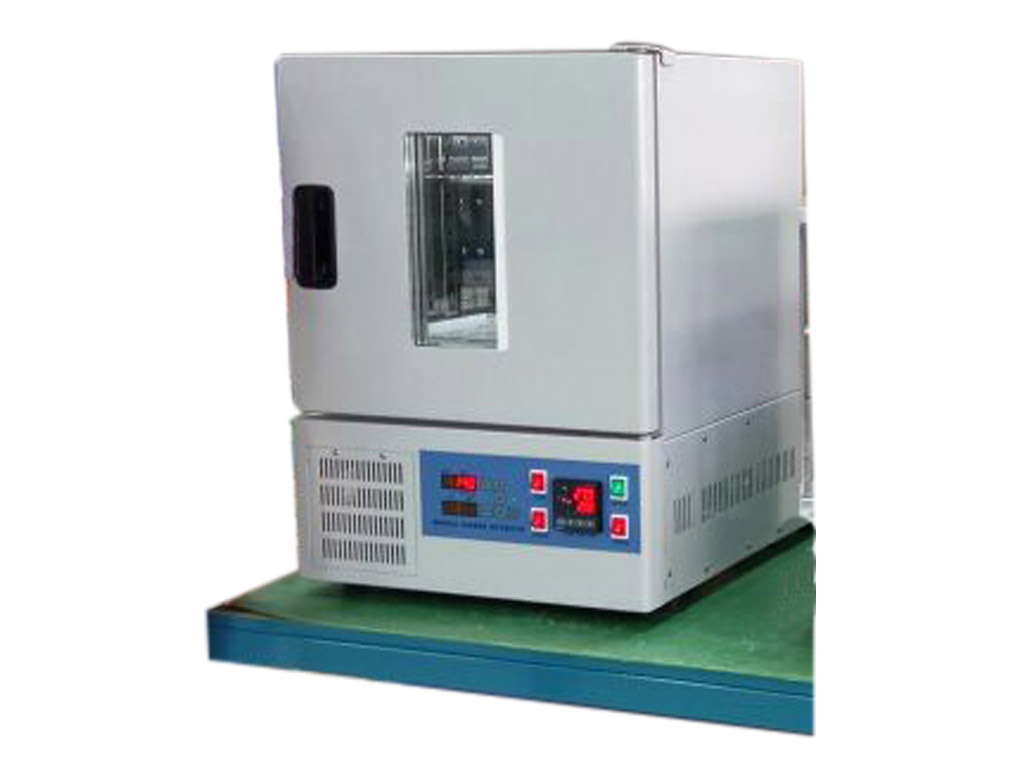A laboratory incubator is one of the most important technology in the microbiology lab. It is a temperature-controlled chamber used to grow and maintain microbial cultures.
Laboratory Incubator: Definition
A laboratory incubator is a temperature-controlled chamber that grows and maintains microbial cultures. It is usually made of stainless steel or glass and has a built-in heating element and thermostat to regulate the temperature, CO2 levels, and humidity. The chamber also has a fan to circulate the air and prevent hot spots.
Gassed and gasless incubators are the two types of commercial egg-incubation equipment available. The CO2 presence or absence is the basis for their classification. Depending on the task, many types of incubators are available, like bioreactors, shaking incubators, and biological oxygen demand units.
Purpose Of The Laboratory Incubator
The common usage of an incubator in a lab is to provide optimal growth conditions for cells or cultures. It is also used to maintain the viability of cell lines and bacteria strains. Besides maintaining temperature and humidity levels, incubators regulate CO2 levels as well.
Incubators perform several functions, such as shaking, sterilization, and storage. Shaking incubators are used to grow microorganisms that require constant agitation. Sterilization is necessary to prevent the contamination of cultures. And storage incubators store cultures at a specific temperature until they are needed.
Other common uses for an incubator include hatching eggs and breeding insects. Butterflies and moths are two examples of insects commonly bred in incubators. The temperature and humidity requirements for these insects vary depending on the species.

Important points before purchasing a laboratory incubator
The type of incubator you need will depend on the task you need it for. Many types of incubators are available on the market, so it is important to do your research before making a purchase. Some factors you should consider when choosing an incubator include:
- ●Eliminating cold areas, heat distribution, and "hot spots" is critical to an incubator's performance. Incubators come in various sizes and shapes, so choosing the right size for your needs is important.
- ●The temperature range is another important factor to consider. Some incubators can only maintain a certain temperature range, so it is important to ensure the unit you choose can reach the temperatures you need.
- ●Humidity and CO2 levels are also important factors to consider. Some incubators have a built-in humidifier and/or CO2 regulator, while others do not. If you need these features, be sure to choose an incubator that has them.
- ●If you plan on growing microorganisms that require constant agitation, you will need an incubator with a shaking function. Not all incubators have this feature, so check before making your purchase. Accreditation requirements for features that must remain compliant with legislation are imposed in authorized laboratories.
When choosing an incubator, selecting a unit that meets your specific needs is important. With so many options available on the market, there is sure to be a unit that is perfect for your application.
What Is The Usual Functionality Of An Incubator In A Laboratory?
The common usage of an incubator in a lab is to provide optimal growth conditions for cells or cultures. It is also used to maintain the viability of cell lines and bacteria strains. Besides maintaining temperature and humidity levels, incubators regulate CO2 levels as well.
Growth of the mammalian cells and Escherichia coli bacteria are the most common applications of an incubator. For these cells to grow and divide properly, they need to be in a humid and warm environment with adequate levels of CO2. It requires 37oC temperature with 5-10% CO2 for the growth of mammalian cells, while Escherichia coli needs a temperature range of 25-37oC with 10% CO2.
Microbiological incubators, on the other hand, operate in the temperature range of 20-80oC. This wide range of temperatures is necessary to support the growth of different microbes with varying optimal temperature requirements.
BOD (Biological Oxygen Demand) incubators determine the amount of oxygen consumed by microorganisms present in a sample during the decomposition of organic matter. The temperature range for a BOD incubator is 20-45oC.
In conclusion, laboratory incubators are essential for growing and maintaining cell cultures, bacteria strains, and other microorganisms. They provide the optimal temperature, humidity, and CO2 levels for these organisms to thrive. Different types of incubators are available on the market, so it is important to choose one that meets your specific needs.